
Do you have a question about the Dodge 2004 DR Ram SRT-10 and is the answer not in the manual?
| Brand | Dodge |
|---|---|
| Model | 2004 DR Ram SRT-10 |
| Category | Automobile |
| Language | English |
Guidance on navigating the manual using the table of contents and index.
Important safety warnings and cautions to be observed throughout the manual.
Information on locating and understanding the vehicle's VIN.
Warning about the potential safety impact of vehicle modifications.
Details about vehicle keys, including reminders and security features.
Explanation of the Sentry Key immobilizer system and its operation.
How the ignition and steering lock mechanism works, including manual transmission operation.
Information on operating power door locks, central locking, and automatic door locks.
How to use the remote keyless entry system for locking and unlocking doors.
Explanation of the vehicle's security alarm system, including setting and disarming.
Details on automatic dimming, outside mirrors, and folding features.
How to adjust and operate the electronic power mirrors.
Overview of seat types, adjustments, and features like front seats and head restraints.
Information on interior lights, battery saver, and exterior lighting functions.
Operation of windshield wipers, including intermittent system and washers.
How to adjust the steering column tilt for optimal driver position.
Operation and adjustment of power accelerator and brake pedals.
How to activate, set, and use the cruise control system.
Features of the overhead console, including lights and trip computer.
Operation of the air conditioning system with dual zone temperature control.
Details on the ignition switch positions (LOCK, OFF, ON, ACC) and key reminder.
Step-by-step guide for starting the vehicle, including manual transmission.
Troubleshooting steps if the engine fails to start or is flooded.
Instructions for shifting gears in the manual transmission.
Information on the brake system, including noise and ABS.
Essential information regarding tire markings and safety standards.
Critical details on tire load capacity and inflation pressures.
Importance of proper tire inflation for safety, economy, and ride comfort.
Recommended fuel octane rating and guidelines for fuel quality.
Critical safety precautions regarding carbon monoxide exposure.
Procedures and safety warnings for adding fuel to the vehicle.
Requirements and maintenance for the catalytic converter.
Information on certification labels and vehicle weight ratings.
Guidelines for proper vehicle loading and weight distribution.
Precautions to take when driving in wet or slushy conditions to prevent hydroplaning.
How to use hazard warning lights for emergency signaling.
How to find and remove the vehicle's jack and tools.
Step-by-step guide for changing a flat tire.
Detailed instructions and warnings for safely changing a tire.
Procedure and safety precautions for jump-starting a vehicle.
Techniques for freeing a vehicle stuck in snow, sand, or mud.
Proper procedures and equipment for towing a disabled vehicle.
Identification of major components within the engine compartment.
Explanation of the OBD II system and the Malfunction Indicator Light.
Importance of using authorized dealers for vehicle service.
Overview of required maintenance services and general inspection items.
Checking and changing engine oil, including oil selection.
How to inspect drive belts for condition and proper tension.
Importance of proper spark plug function for engine performance and emission control.
The impact of a plugged fuel filter on vehicle operation.
Requirements and maintenance for the catalytic converter.
Information about maintenance-free batteries and charge indicators.
Recommendations for servicing the air conditioning system for optimal performance.
When and how to check power steering fluid levels.
Inspection and replacement procedures for front suspension ball joints.
Periodic lubrication of locks, hinges, and pivot points for smooth operation.
Cleaning and maintenance of wiper blades and windshield.
Importance of maintaining the exhaust system for carbon monoxide prevention.
Cooling system maintenance, inspection, and fluid checks.
Procedures and warnings for adding coolant to the cooling system.
Checking the brake master cylinder fluid level.
Lubricant selection and fluid level checks for the transmission.
Recommendations for protecting the vehicle's body from corrosion.
Guidelines for washing the vehicle to maintain paint finish.
How to clean and maintain fabric, vinyl, and leather upholstery.
Proper cleaning methods for all glass surfaces.
Location and information about the vehicle's fuse and relay center.
Steps to minimize battery drain when storing the vehicle.
List of replacement light bulb types and their part numbers.
Instructions for replacing headlights, park, and turn signal bulbs.
Importance of scheduled maintenance for the emission control system.
Explanation of two maintenance schedules (A and B) based on driving conditions.
Conditions requiring more frequent maintenance services (Schedule B).
Standard maintenance intervals for normal driving conditions (Schedule A).
Tips for preparing for vehicle service appointments and communicating with service advisors.
Information on warranty coverage and transfer procedures.
Availability and benefits of using genuine Mopar parts.
How to report vehicle safety defects to NHTSA and Transport Canada.
Information on ordering service and owner's manuals.
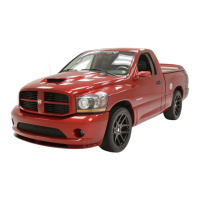
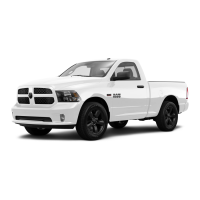
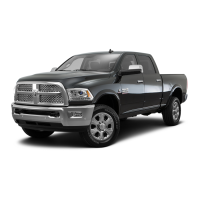
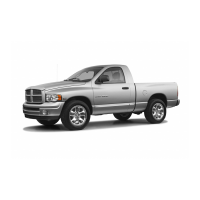
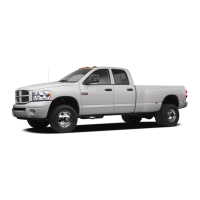
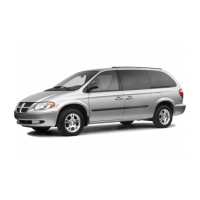
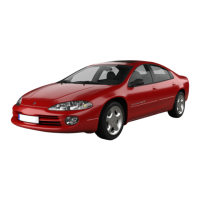
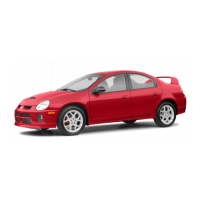

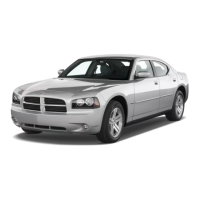
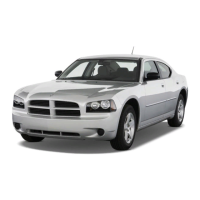
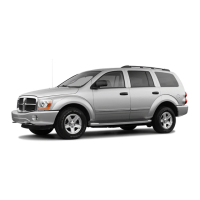
